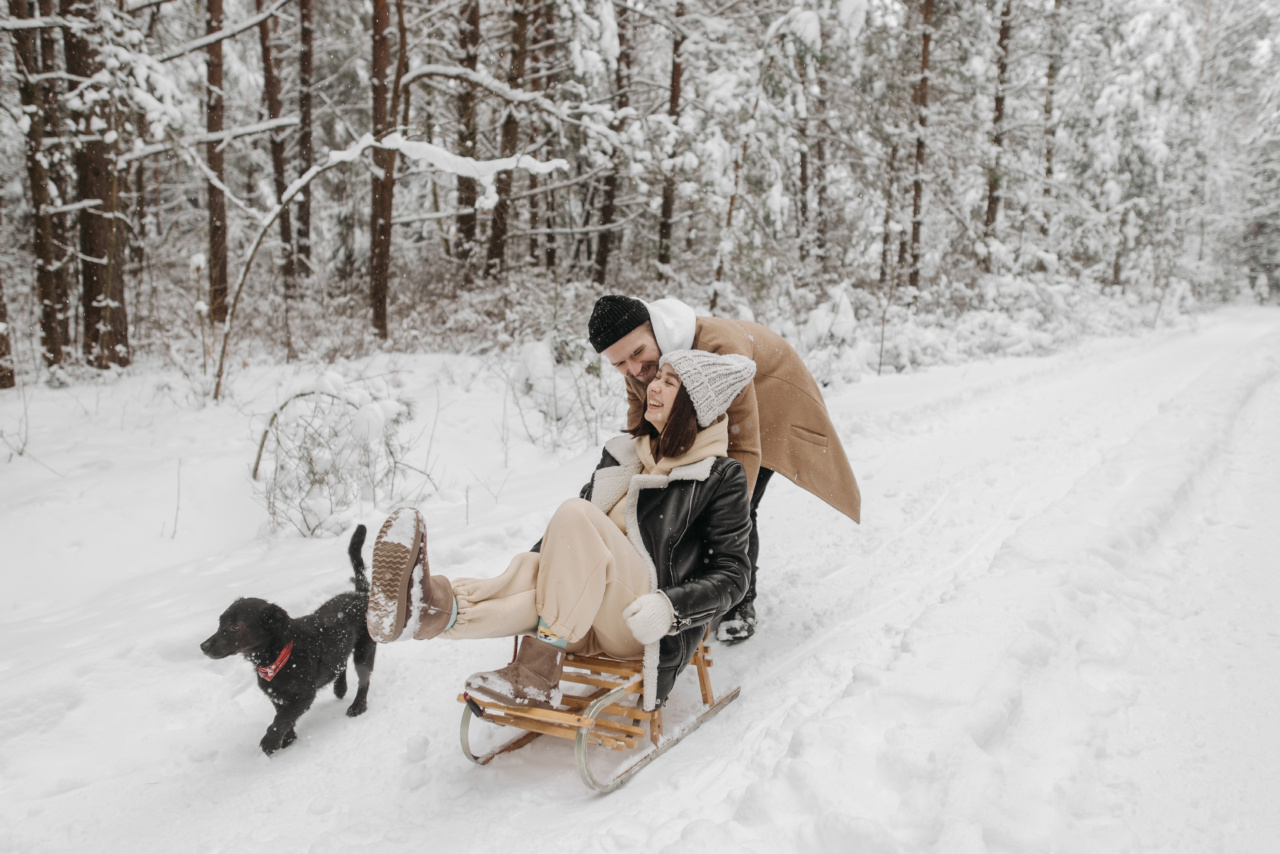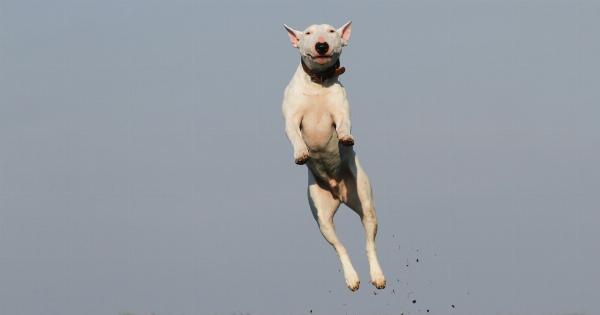Dogs are known for their loyalty, affection, and unwavering companionship. However, despite our best intentions, there are times when we may unknowingly push our beloved canine companions away.
It’s important to recognize these unintentional actions and make conscious efforts to strengthen the bond with our furry friends.
1. Neglecting proper exercise and mental stimulation
Just like humans, dogs require regular physical exercise and mental stimulation to stay happy and healthy. Lack of exercise can lead to boredom, frustration, and even behavioral issues.
When dogs don’t receive enough physical and mental stimulation, they may become distant and disengaged.
Make sure your dog gets enough daily exercise through walks, play sessions, or even interactive toys. Additionally, mental stimulation can be provided through puzzle toys, training sessions, or engaging games.
The more you invest in keeping your dog physically and mentally active, the stronger your bond will be.
2. Inconsistent or improper training
Training plays a crucial role in fostering a healthy relationship with your dog. Inconsistent training methods or failing to establish clear boundaries can confuse and frustrate your furry friend.
Dogs thrive on structure and consistency, and when they are unsure of what is expected of them, they may begin to distance themselves.
Invest time and effort in training your dog using positive reinforcement techniques. Consistency, patience, and praise will help build a strong foundation for obedience and trust.
By setting clear boundaries and expectations, your dog will feel more at ease and more connected to you.
3. Lack of socialization
Socialization is vital for dogs to develop good behavior and interact with other animals and people. If you consistently isolate your dog from social situations or fail to expose them to new experiences, they may become fearful or anxious.
Consequently, they may withdraw from social interactions, including those with their owners.
Make a conscious effort to expose your dog to different environments, people, and other animals. Gradually introduce them to new situations, ensuring positive experiences and rewards.
Socializing your dog will help them feel more confident and secure in various settings, strengthening your bond in the process.
4. Insufficient quality time
Dogs crave companionship and attention from their human family members. If you are constantly preoccupied with work or other commitments, your dog may feel neglected and distant.
Quality time spent together is a crucial aspect of building a strong bond with your furry friend.
Make it a point to set aside dedicated one-on-one time with your dog every day. Engage in activities they enjoy, such as playing fetch, cuddling, or simply going for a walk together.
Your undivided attention will reassure them of your love and strengthen your connection.
5. Punishment-based training and harsh corrections
Using punishment-based training techniques or resorting to harsh corrections can significantly impact your dog’s trust and confidence in you.
Physical punishment, yelling, or any form of aggression not only damages your relationship but also leads to fear and anxiety in your dog.
Opt for positive reinforcement training methods instead, where you reward desirable behaviors. Dogs respond best to praise, treats, and affectionate gestures.
By encouraging good behavior instead of punishing bad behavior, you create a healthier and happier bond with your four-legged companion.
6. Ignoring signs of discomfort or fear
Dogs communicate through their body language, and it’s essential to pay attention to their cues. Ignoring signs of discomfort or fear can lead to increased stress and a breakdown of trust between you and your dog.
Learn to recognize signs of stress, fear, or discomfort in your dog, such as panting, yawning, lowered ears, or a tucked tail. If your dog exhibits these signs, create a safe and calm environment for them.
Offering reassurance, removing them from the situation causing distress, and providing positive experiences will help rebuild trust and ensure their emotional well-being.
7. Inadequate grooming and healthcare
Grooming and regular healthcare are crucial for your dog’s physical and emotional well-being. Neglecting their grooming needs, such as brushing their coat, trimming their nails, or cleaning their ears, can cause discomfort or even pain.
This discomfort can lead to them avoiding interactions or physical contact with you.
Establish a grooming routine and ensure regular check-ups with your veterinarian. Regular grooming sessions provide a bonding opportunity and help create a positive association with physical touch.
Keeping your dog in optimal health and providing necessary care will not only strengthen your bond but also contribute to their overall happiness.
8. Allowing behavior that reinforces separation anxiety
Separation anxiety can strain the bond between you and your dog. Allowing behaviors that reinforce separation anxiety, such as excessive whining, destructiveness, or clinging, can inadvertently create distance in your relationship.
Gradually teach your dog to feel comfortable when left alone through crate training, desensitization techniques, and gradual departures.
Encouraging independence and providing safe spaces will help alleviate separation anxiety and foster a stronger connection with your furry companion.
9. Lack of affection and positive reinforcement
Affection and positive reinforcement are essential in building a bond of trust and love with your dog. If you rarely show affection or forget to reinforce positive behaviors, your dog may feel unappreciated or undervalued.
Make it a habit to shower your furry friend with love, cuddles, and praise. Verbally acknowledge their good behavior, offer treats, or engage in playtime.
Your dog will associate your presence with positive experiences and develop a deeper connection with you.
10. Failing to understand and meet your dog’s needs
Every dog is unique and has specific needs that must be met to thrive. Failing to understand and fulfill these needs can lead to frustration and disconnection between you and your dog.
Research your dog’s breed characteristics, temperament, and specific requirements. Ensure they have an appropriate diet, a comfortable environment, and access to mental and physical stimulation.
By meeting their needs, you demonstrate your commitment and care, strengthening the bond between you and your furry companion.
Conclusion
Our dogs are steadfast companions who deserve love, care, and understanding. By avoiding these unintentional actions that may push our dogs away, we can nurture a deeper bond with our furry friends.
Prioritize their physical and mental well-being, invest in training and socialization, and consistently provide love, affection, and positive reinforcement. With conscious effort and attention, you can create a lifelong bond with your beloved canine companion.






























